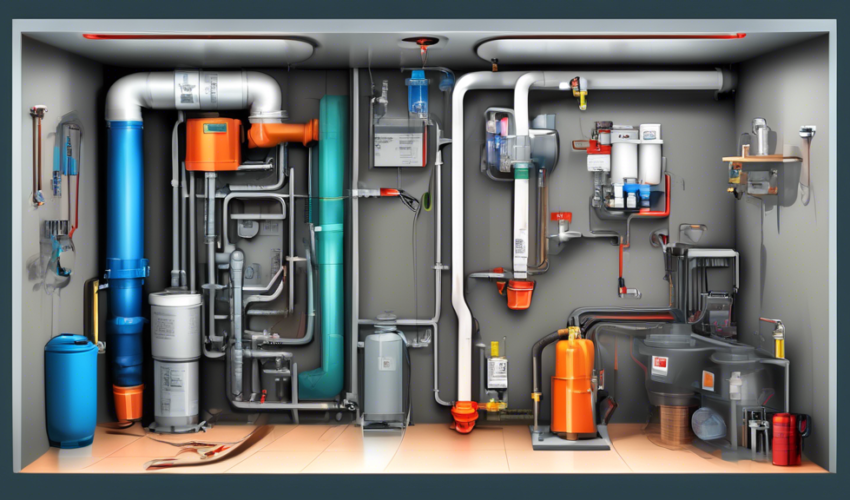Introduction to Sump Pump Systems
Sump pumps are critical components in many homes, particularly those located in areas prone to basement flooding. These systems are designed to efficiently remove water from the lowest part of the home, usually the basement or crawl space, preventing water damage and maintaining the structural integrity of the building. A properly functioning sump pump system is essential for minimizing the risks associated with water ingress.
Understanding the Need for Upgrades and Maintenance
Over time, sump pump systems can degrade or become less efficient due to wear and tear, sediment buildup, or mechanical failure. Regular maintenance and timely upgrades are essential to ensure optimal performance. This guide will outline practical tips for maintaining your sump pump, as well as advice on when and how to consider upgrading your system.
Maintenance Tips for Sump Pumps
Maintaining your sump pump is crucial for ensuring it operates efficiently when needed. Here are some key maintenance tasks:
- Check the Operational Status: Regularly test your sump pump by pouring water into the sump pit to trigger the pump. This simple test can help you catch issues before they lead to failures.
- Clean the Sump Pit: Remove debris from the sump pit periodically. Rocks, dirt, and other debris can impair the pump’s ability to function efficiently.
- Inspect the Pump and Float Switch: Ensure that the pump and its float switch are not hindered by obstructions. A stuck float can result in pump failure during critical times.
- Check Electrical Connections: Verify that all electrical connections are secure and that there are no exposed wires or potential hazards.
- Battery Maintenance: If your sump pump has a battery backup, check the battery level and functionality regularly, especially before the rainy season.
Potential Upgrades for Your Sump Pump System
Upgrading your sump pump can enhance its reliability, efficiency, and response to high water levels. Consider these upgrades:
- Battery Backup System: Installing a battery backup can provide peace of mind, especially in areas prone to power outages during storms.
- Higher Horsepower Pump: A more powerful pump can handle higher volumes of water, which is beneficial in areas with significant rainfall or high water tables.
- Water-Powered Backup Sump Pump: For homes with a reliable water supply, a water-powered backup system can serve as a fail-safe if the electrical system fails.
- Smart Sump Pump Technology: New advancements in technology allow for sump pumps with Wi-Fi connectivity, enabling you to monitor the status of your pump remotely and receive alerts on your smartphone.
When to Consider a Sump Pump Replacement
While regular maintenance can extend the life of your sump pump, there comes a time when replacement is necessary. Consider replacing your sump pump if:
- The pump is frequently failing or requires repetitive repairs.
- The pump is over 7-10 years old.
- You’ve experienced changes in water levels or increased flooding in your area.
- Newer, more efficient technology can significantly lower your risk of water damage.
Conclusion
A well-maintained and up-to-date sump pump system is crucial for protecting your home from water damage. By following the maintenance tips provided and considering the recommended upgrades, you can ensure that your system is reliable and efficient. Remember, proactive measures today can prevent costly repairs and damages tomorrow.

